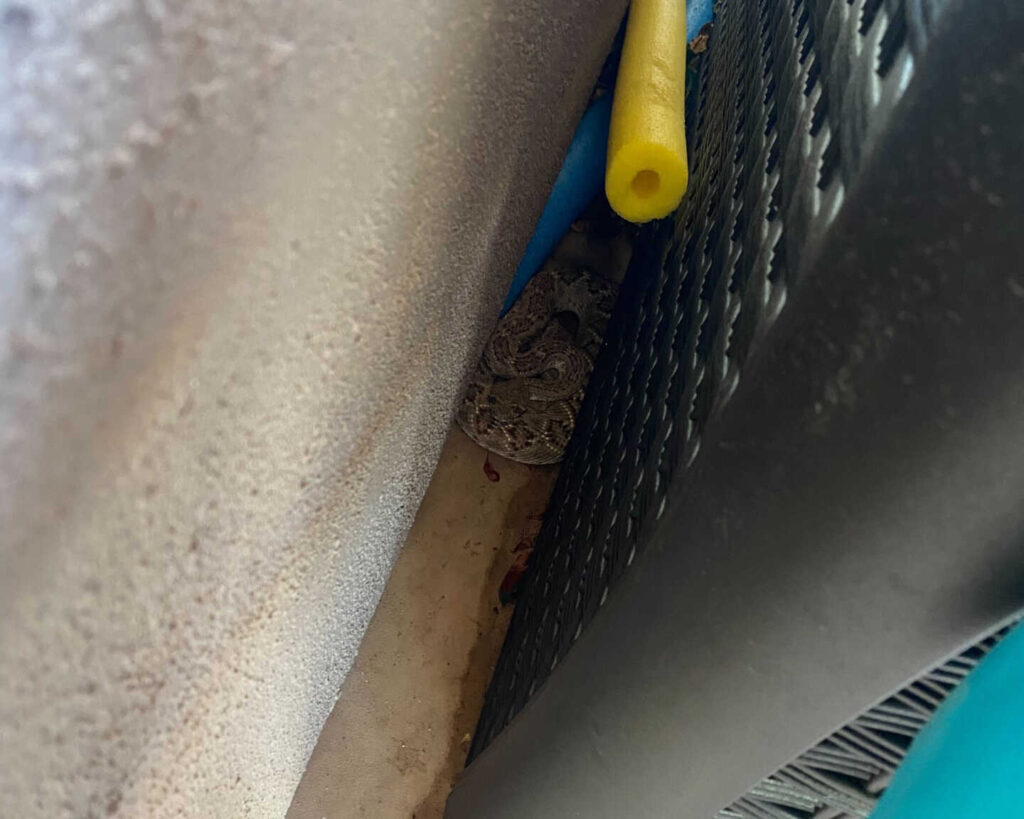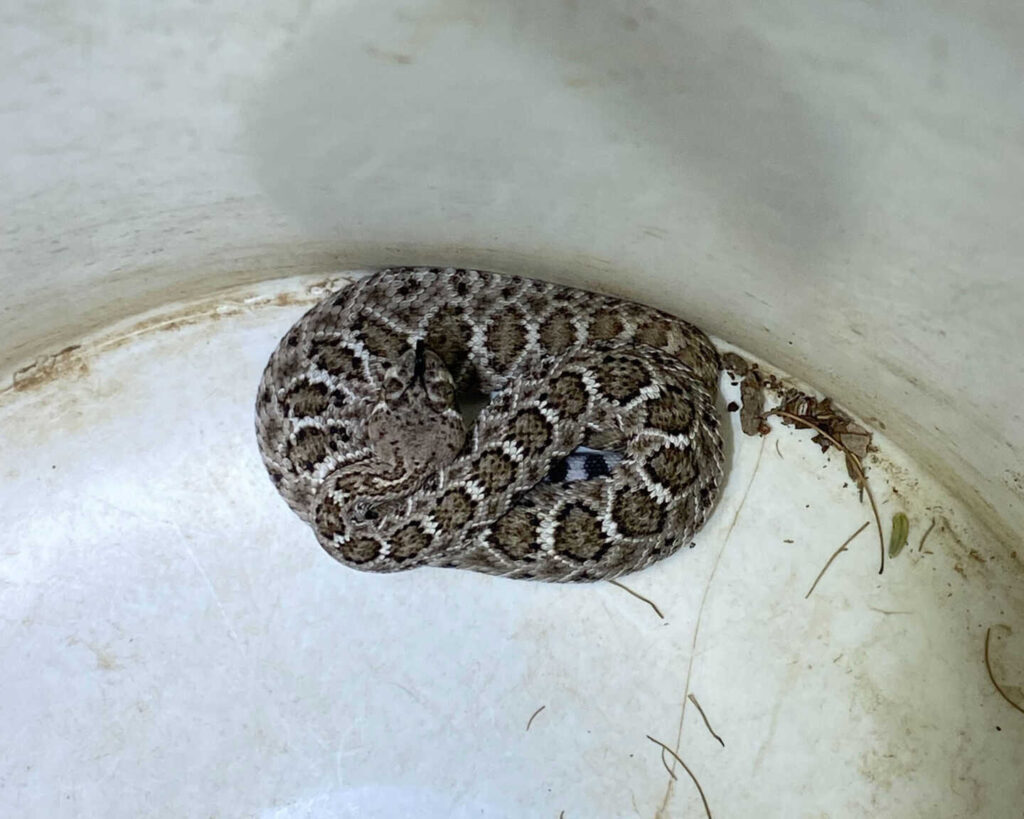
This little Western Diamondback Rattlesnake found its way into a garage. It would have likely stayed there all winter if the homeowner hadn’t seen it. It was relocated to a better situation for overwintering.

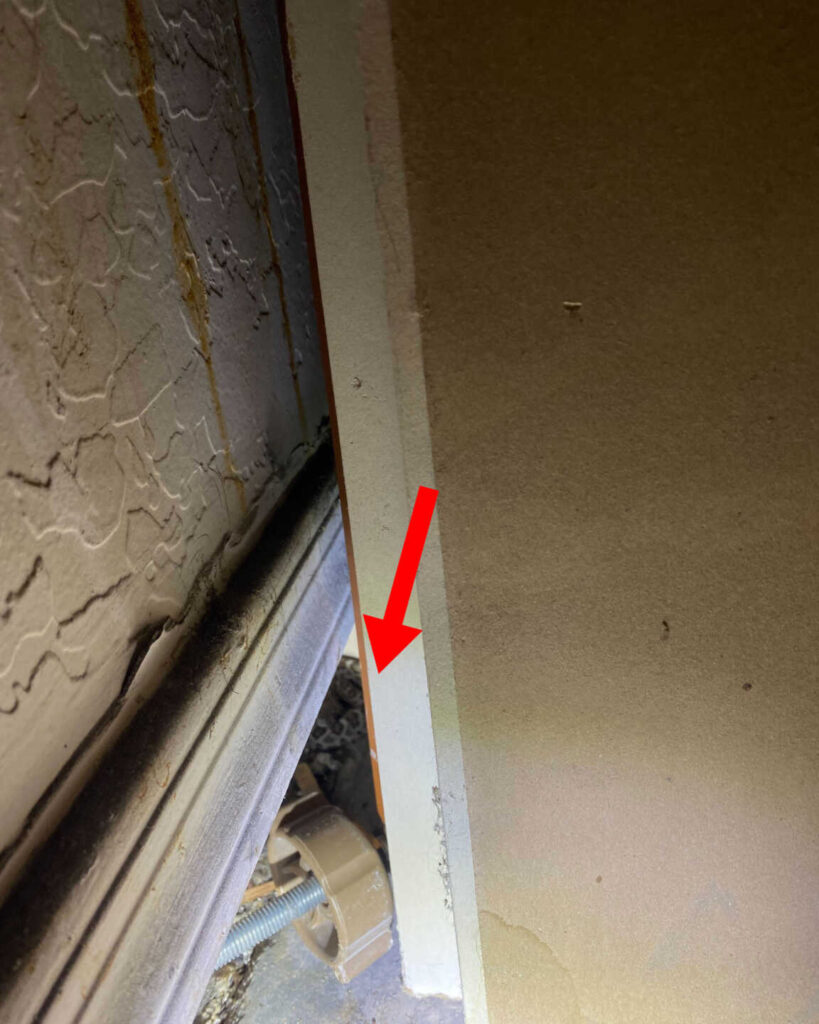
A lantana provided perfect cover for a young Western Diamondback Rattlesnake to escape the weird primates all around it. Bryce went out to relocate the snake to a safe situation, and saw this Longnosed Snake along the way.
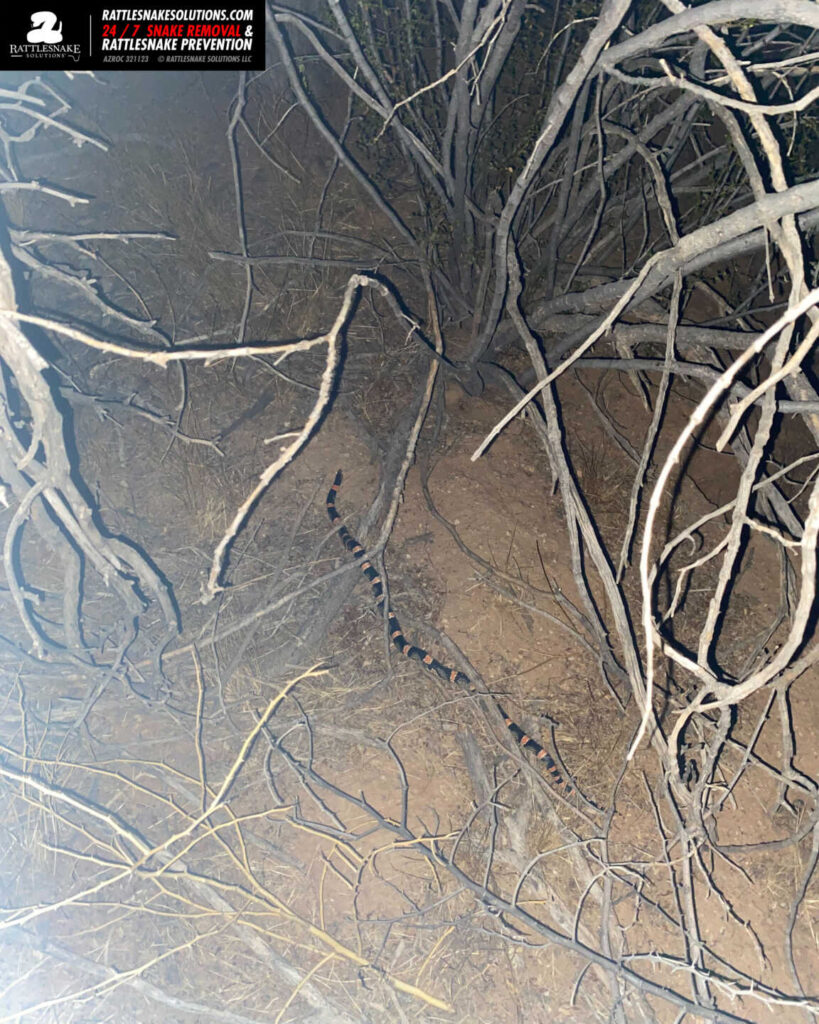
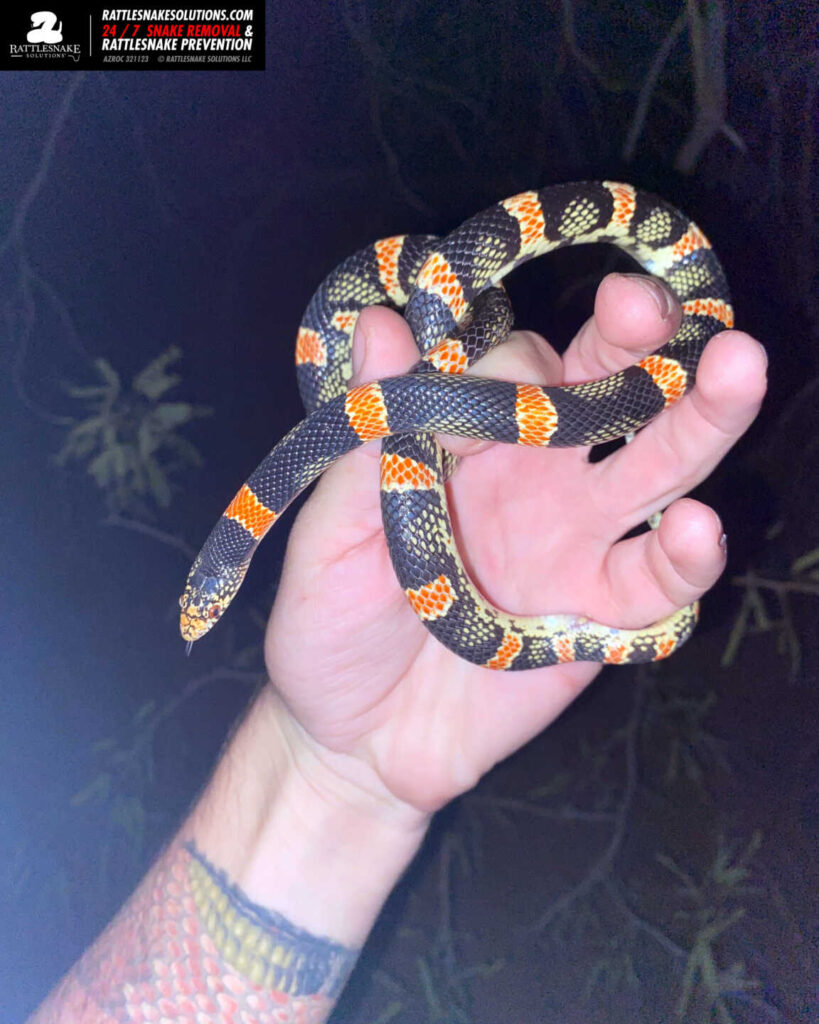
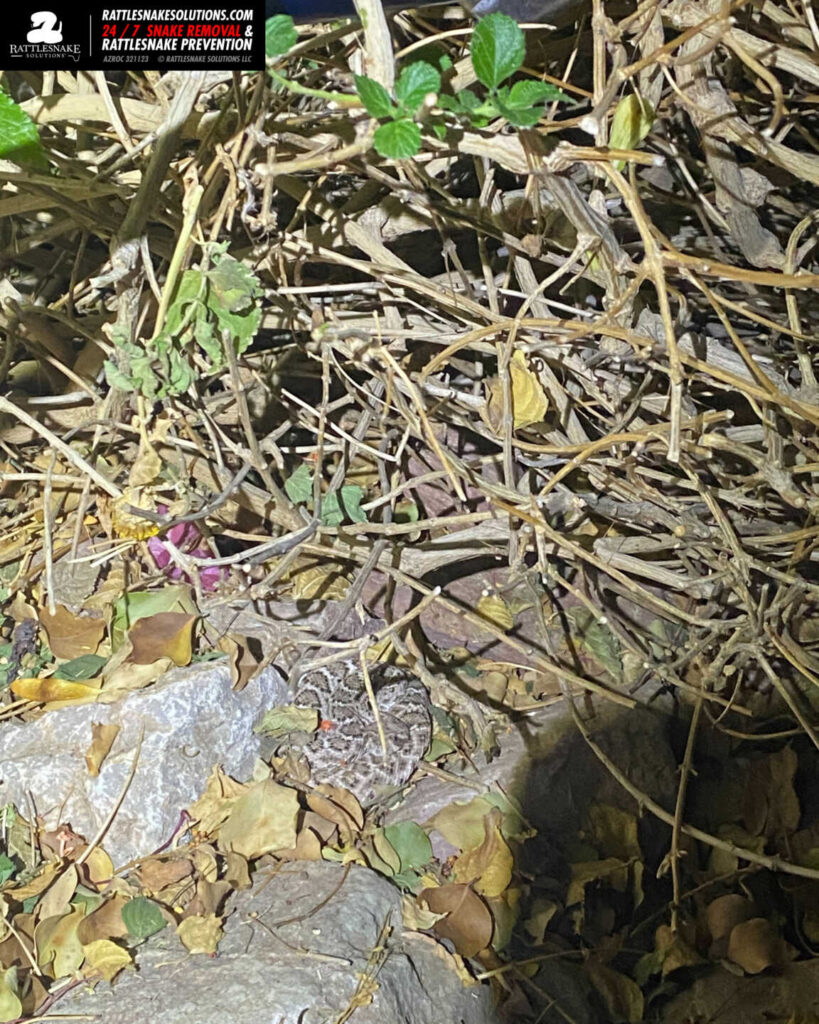
From Bryce: “This diamondback had ambitions of competing with the pros in a cycling competition, though I had to inform him without legs he would have a tough time reaching the pedals. He disagreed, and was adamant he’d have a shot in the big leagues. After a bit of back and forth in a north phoenix garage, he was moved to a pack rat nest away from homes and bicycles, much to his dismay.”
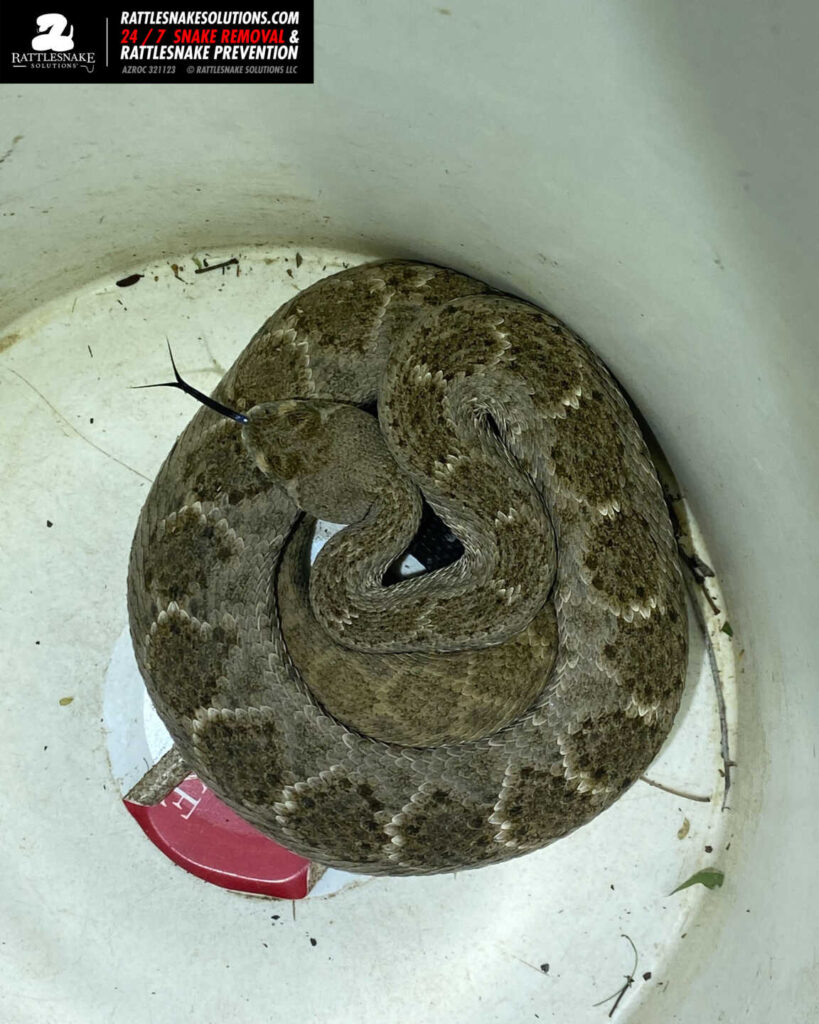
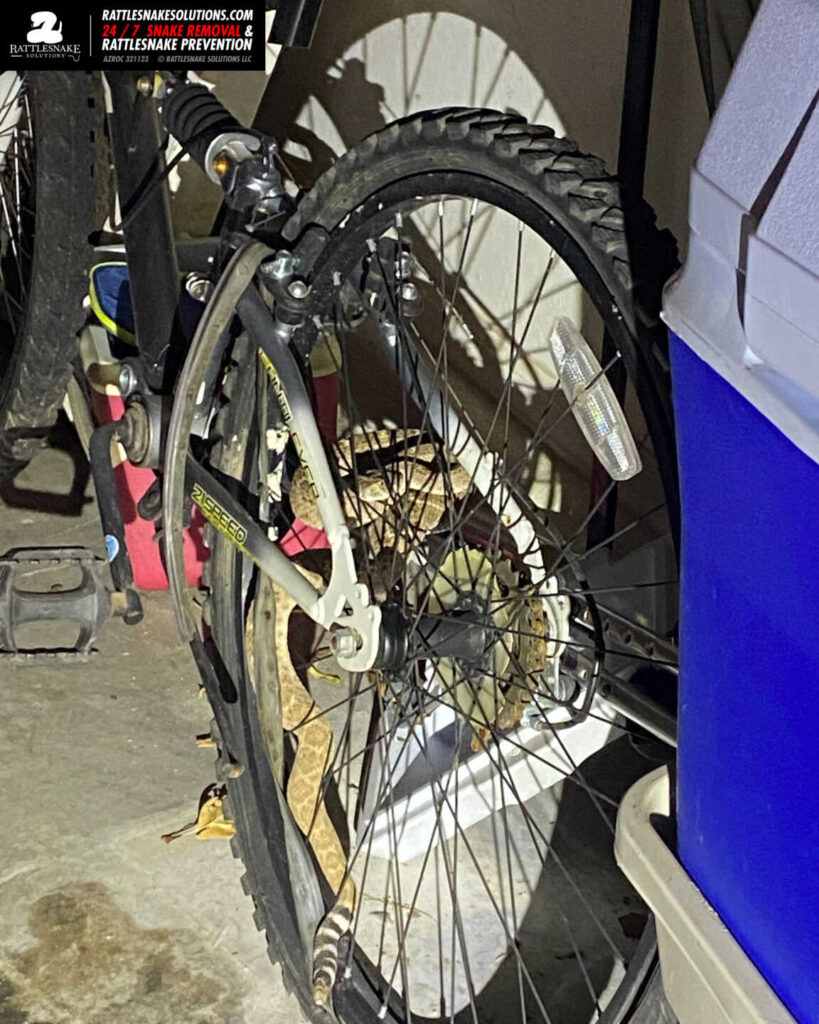
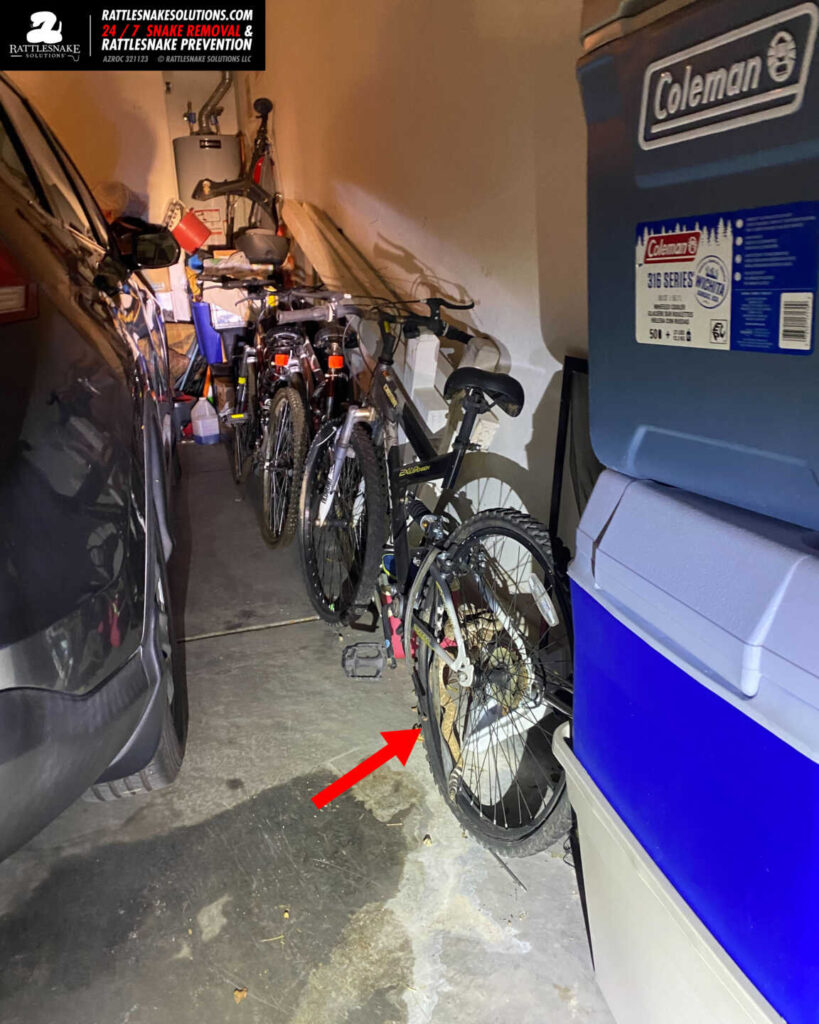
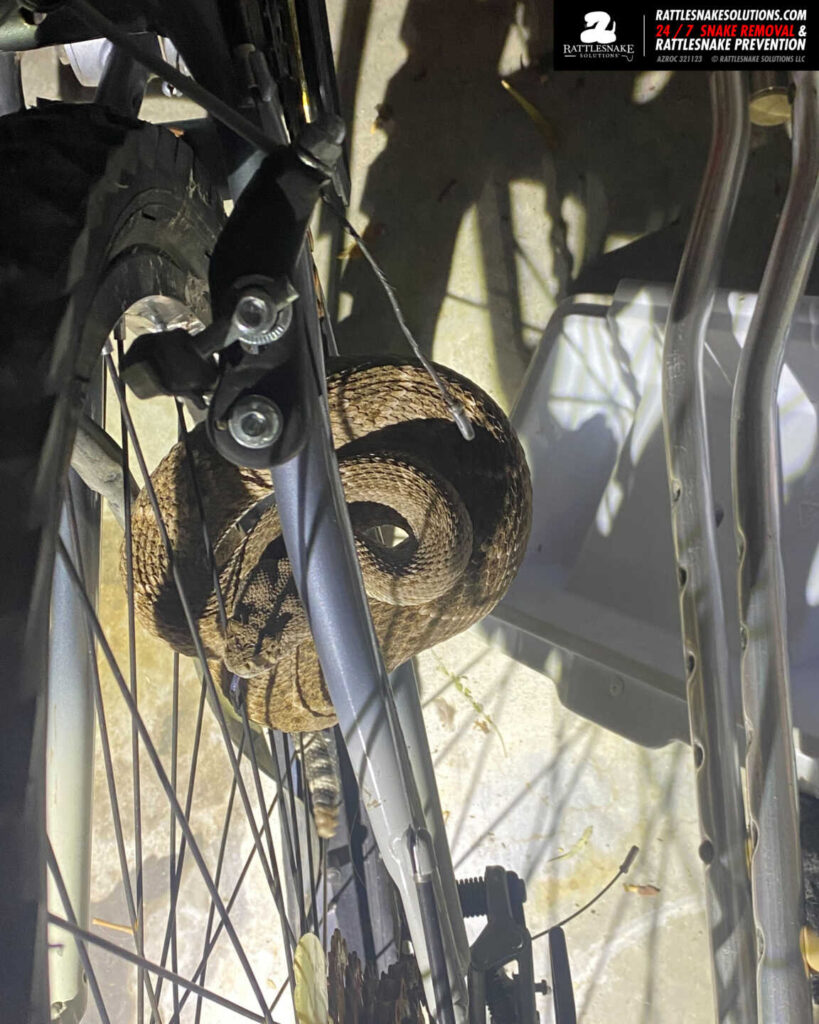
Some snakes from recent removal calls.
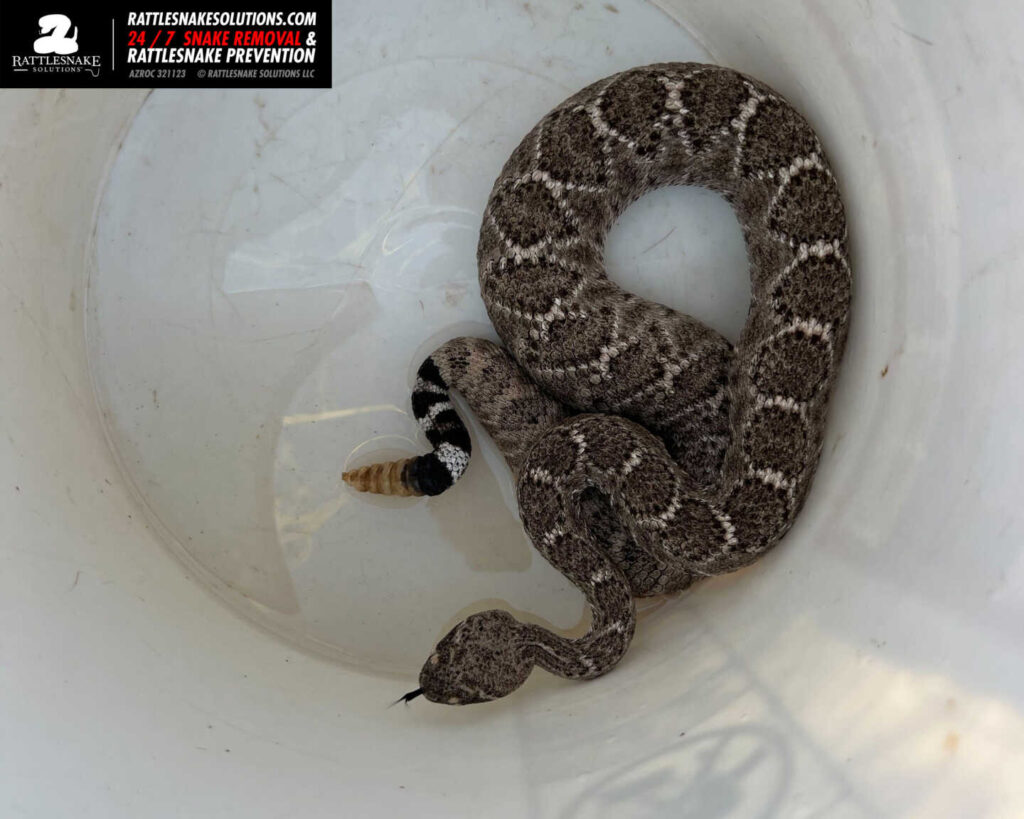
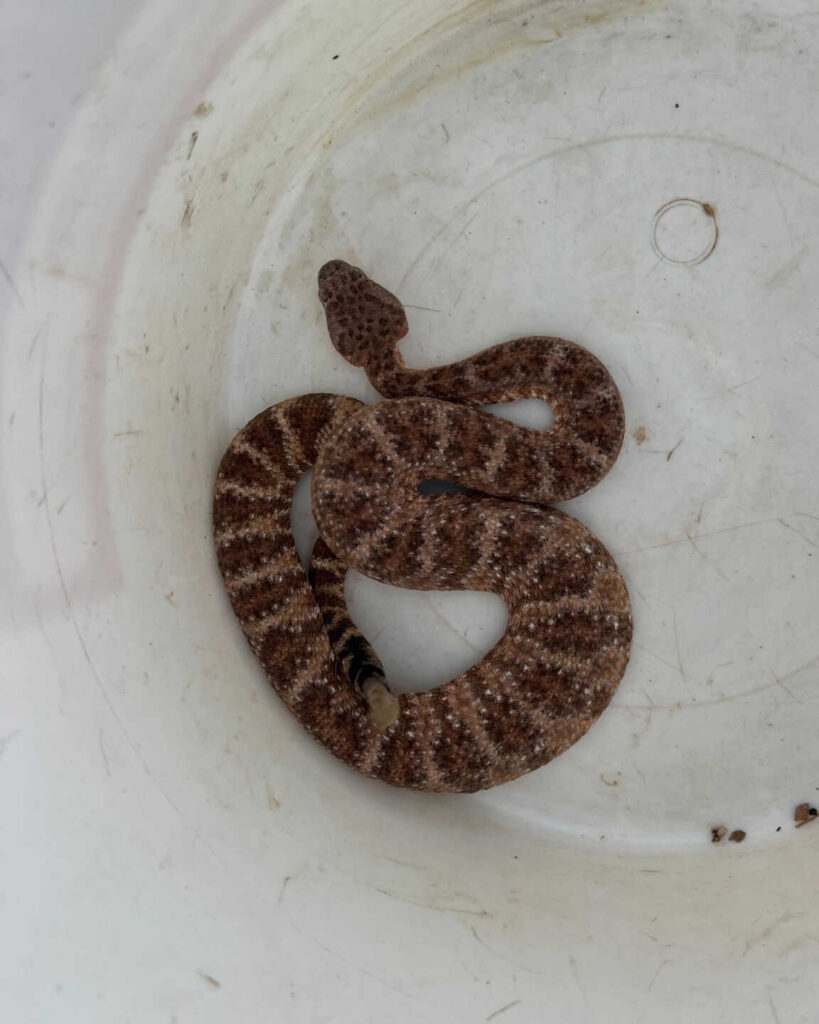
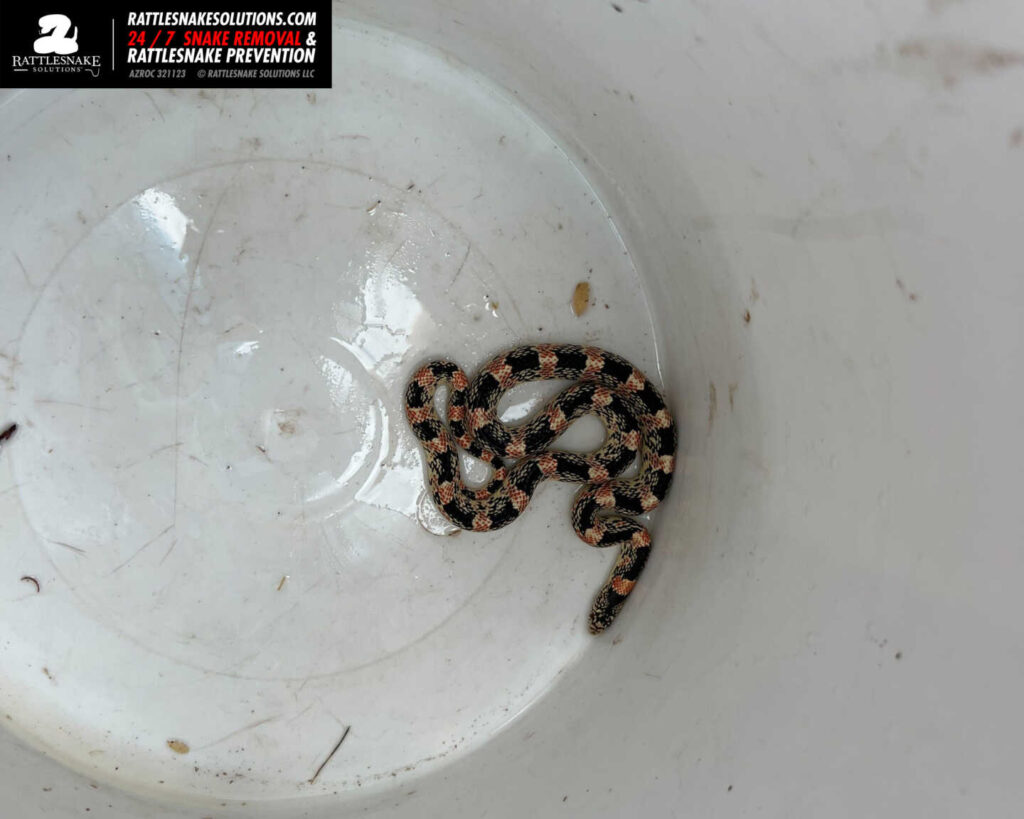
From Bryce: “This diamondback had ambitions of competing with the pros in a cycling competition, though I had to inform him without legs he would have a tough time reaching the pedals. He disagreed, and was adamant he’d have a shot in the big leagues. After a bit of back and forth in a north phoenix garage, he was moved to a pack rat nest away from homes and bicycles, much to his dismay.”
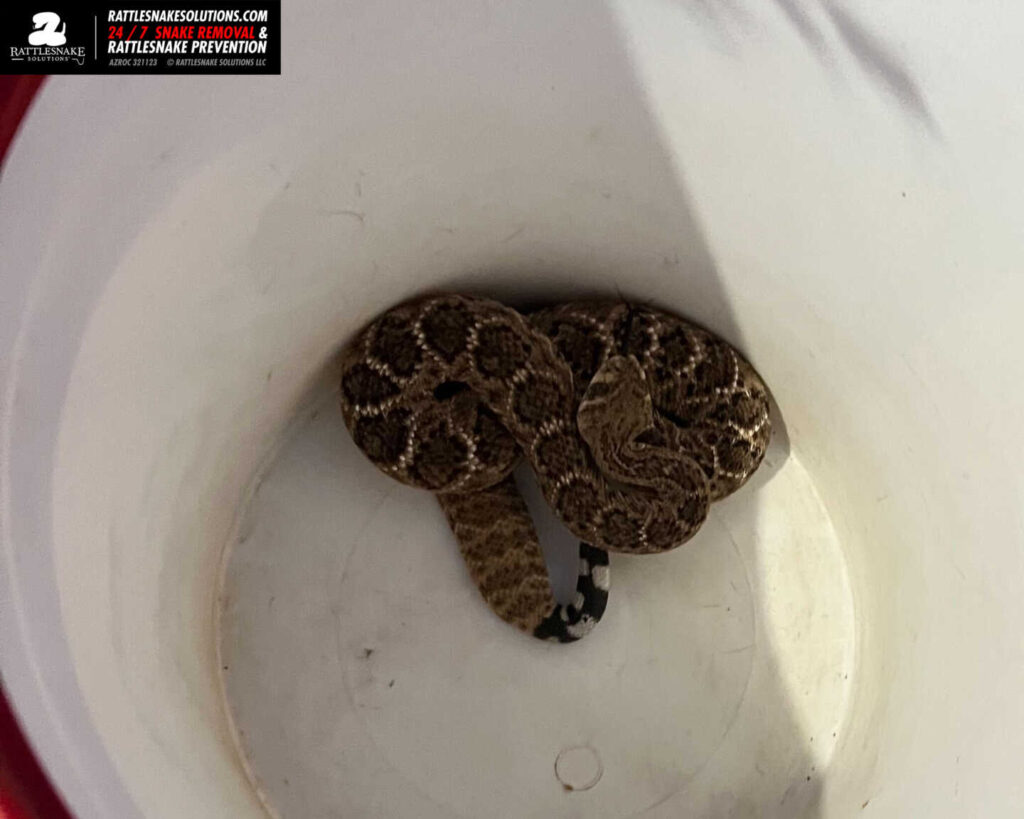
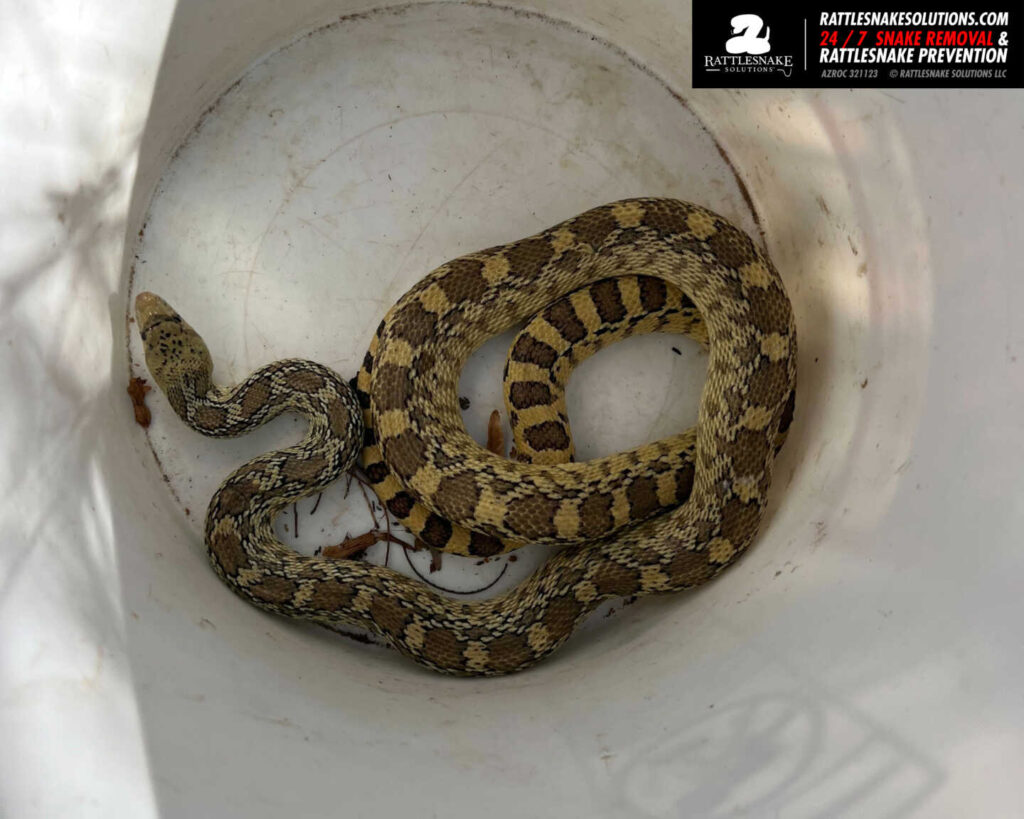
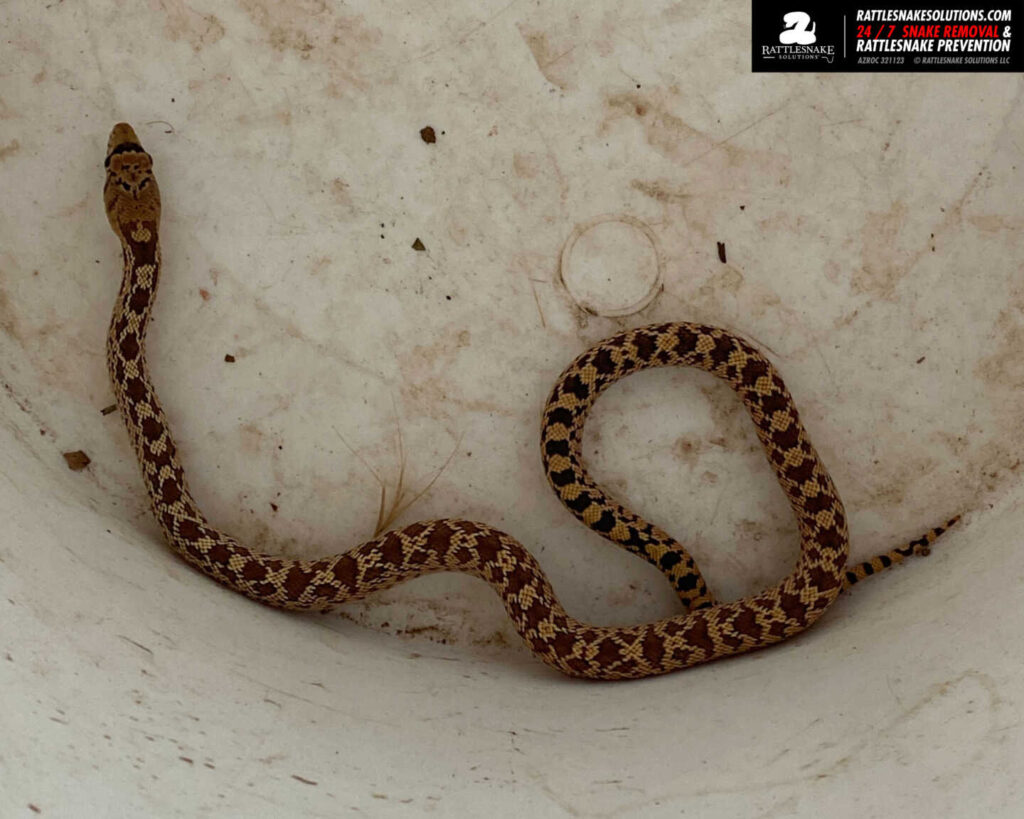
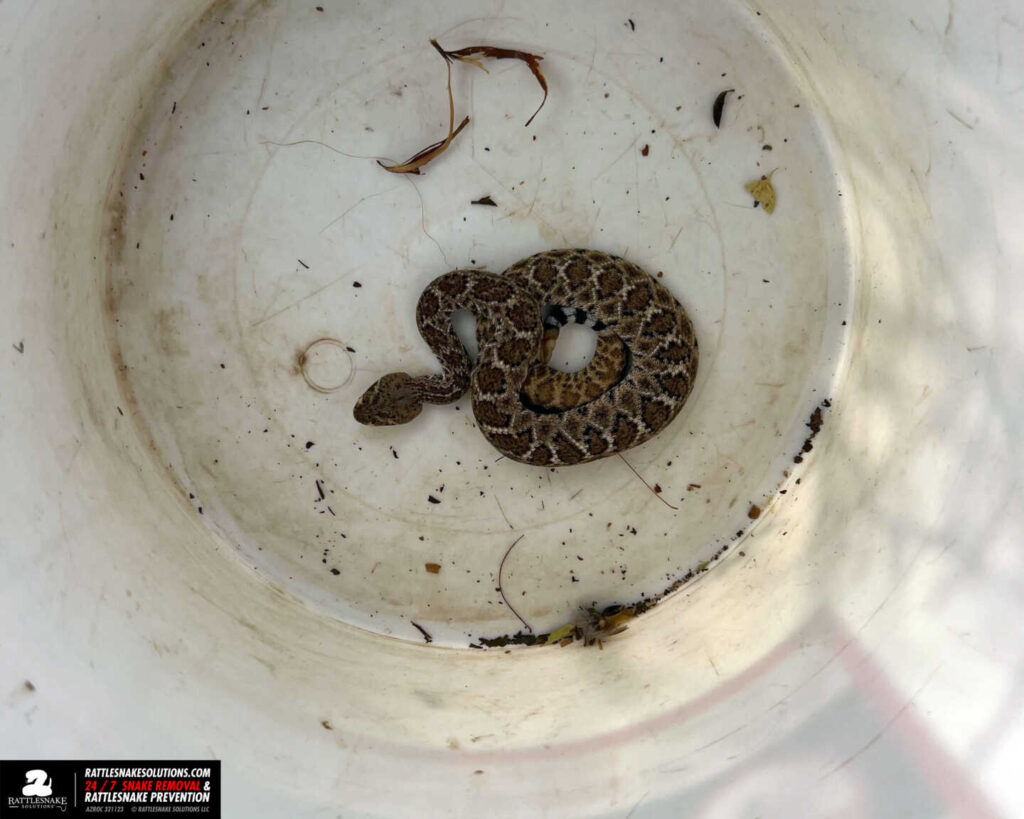
A Western Diamondback Rattlesnake outside a home in the north valley, relocated to a better overwintering spot by Bryce.
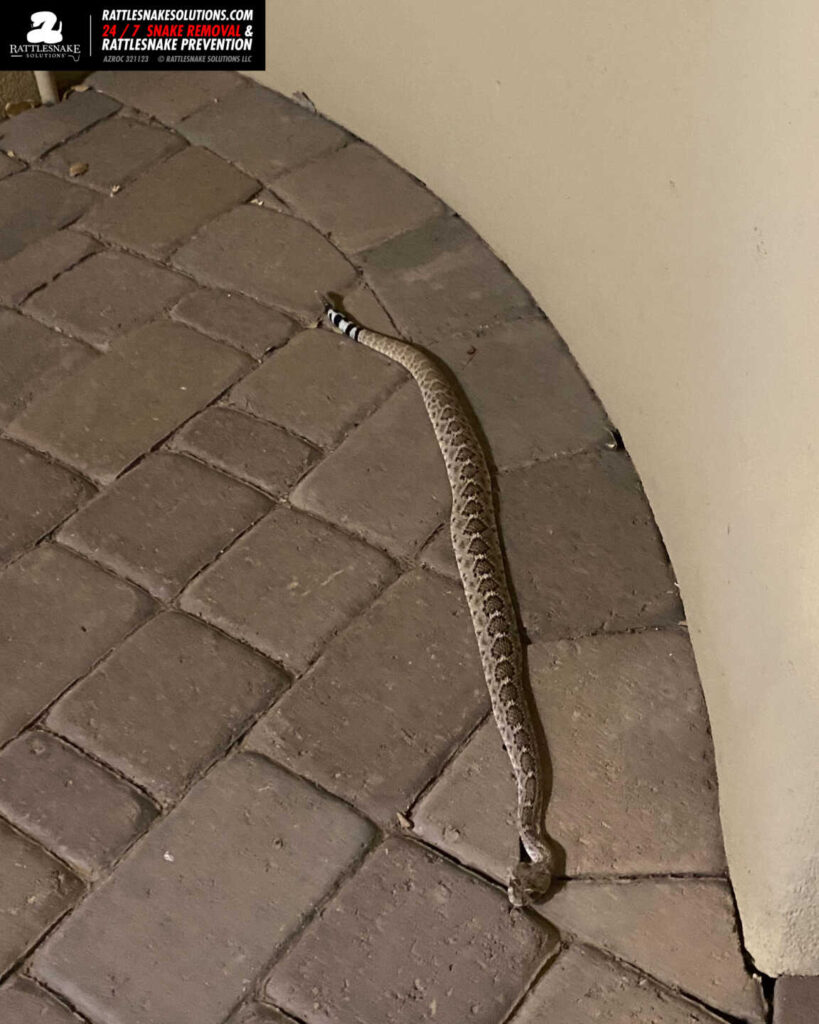
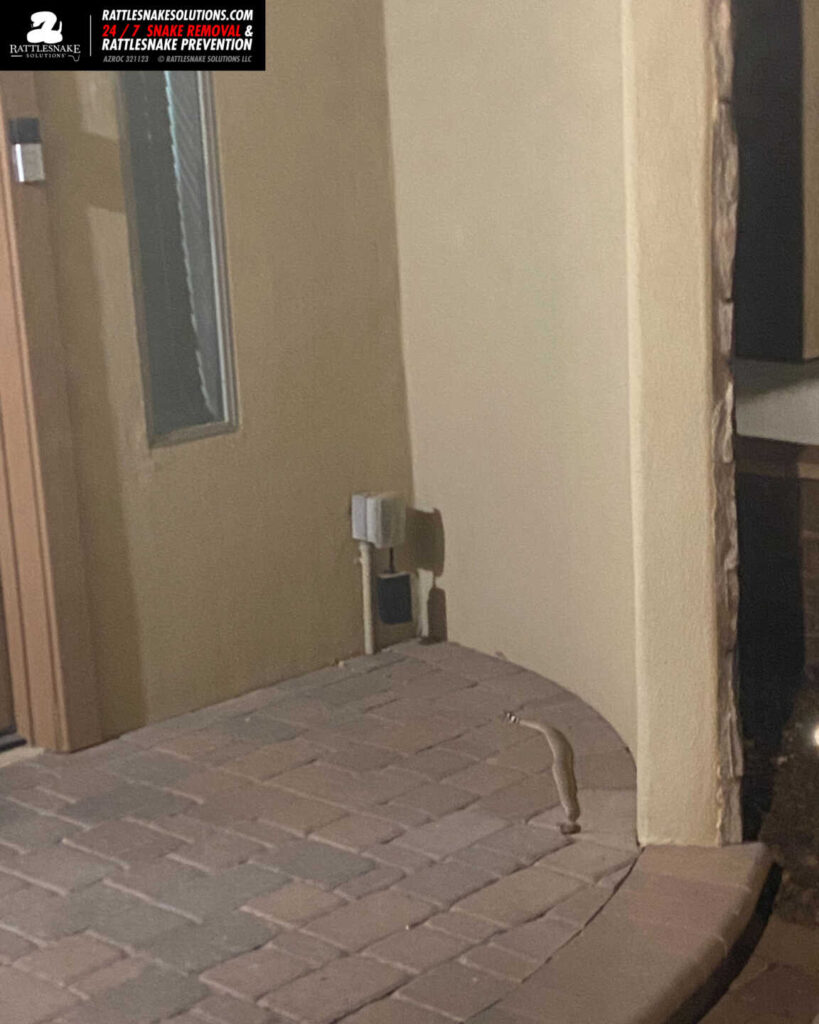
A Western Diamondback Rattlesnake found under a cabinet in the garage. These locations are common over-winter spots for rattlesnakes. Derek relocated this one safely to a suitable replacement den.
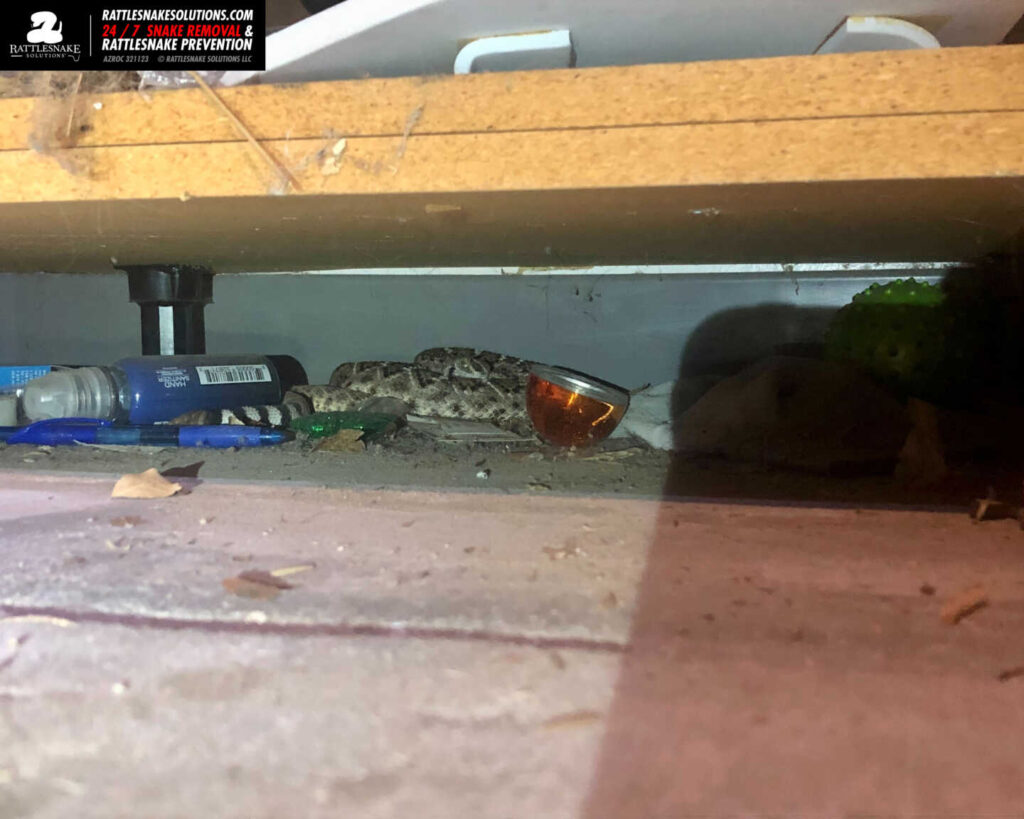
A Western Diamondback Rattlesnake found crawling around in the backyard, likely associated with a winter den. It was captured and safely relocated to a suitable situation.
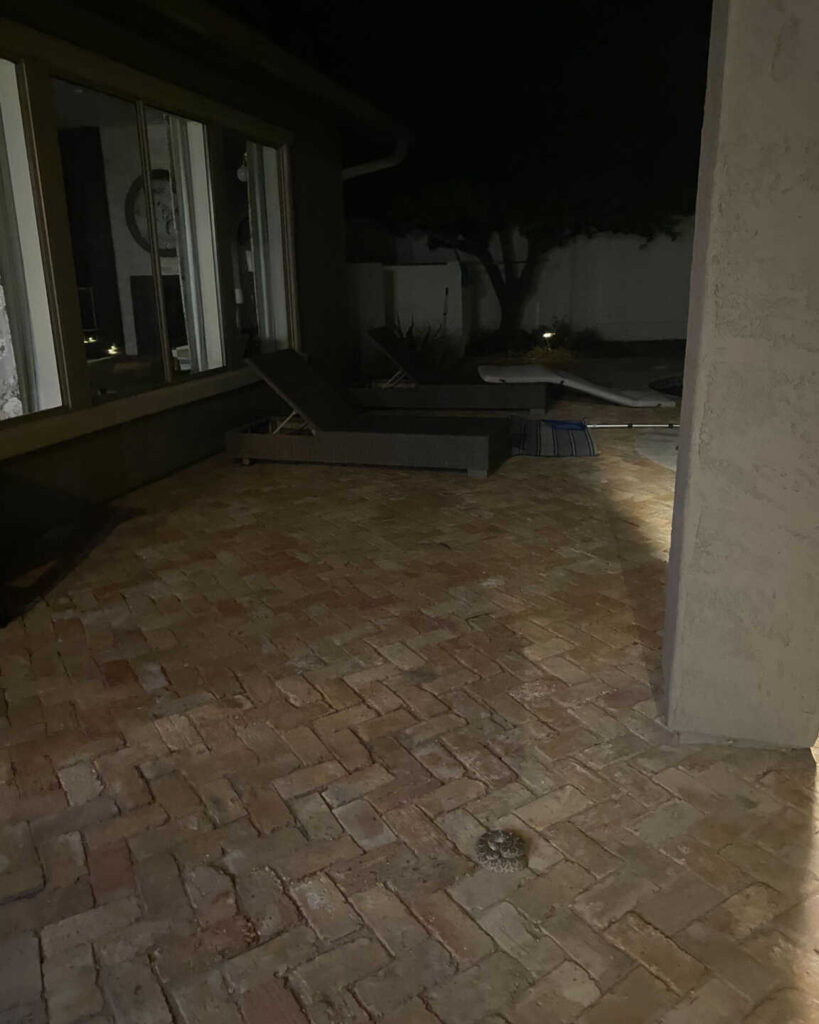
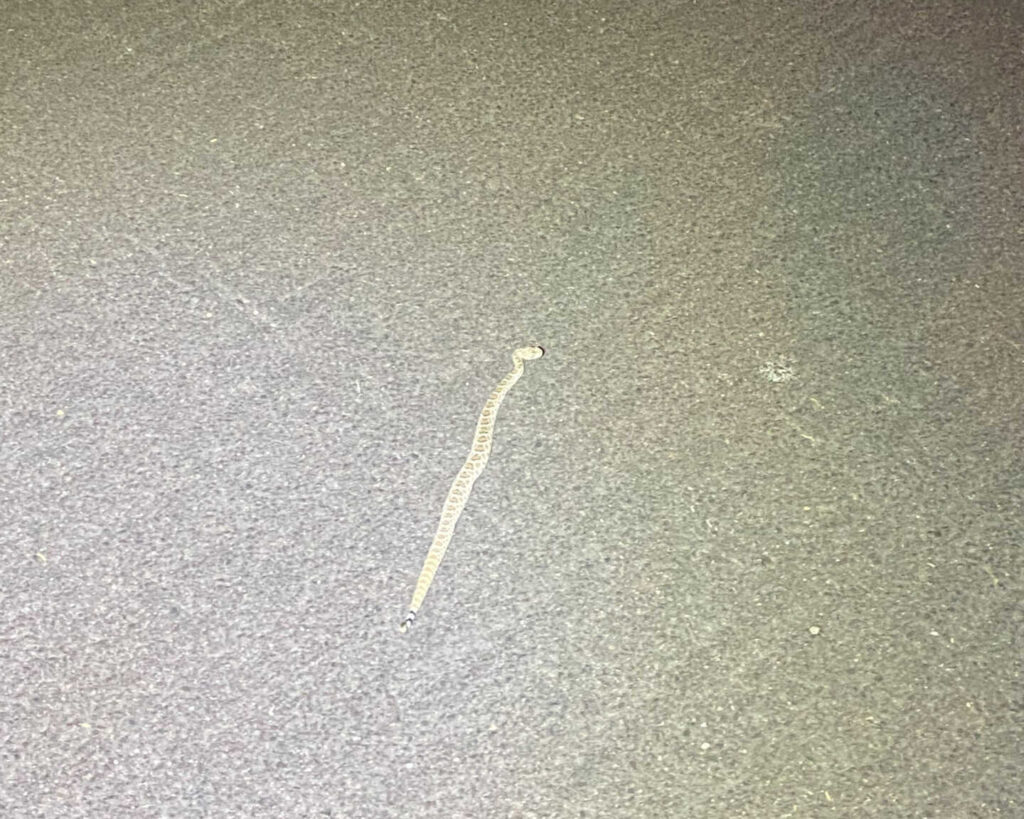
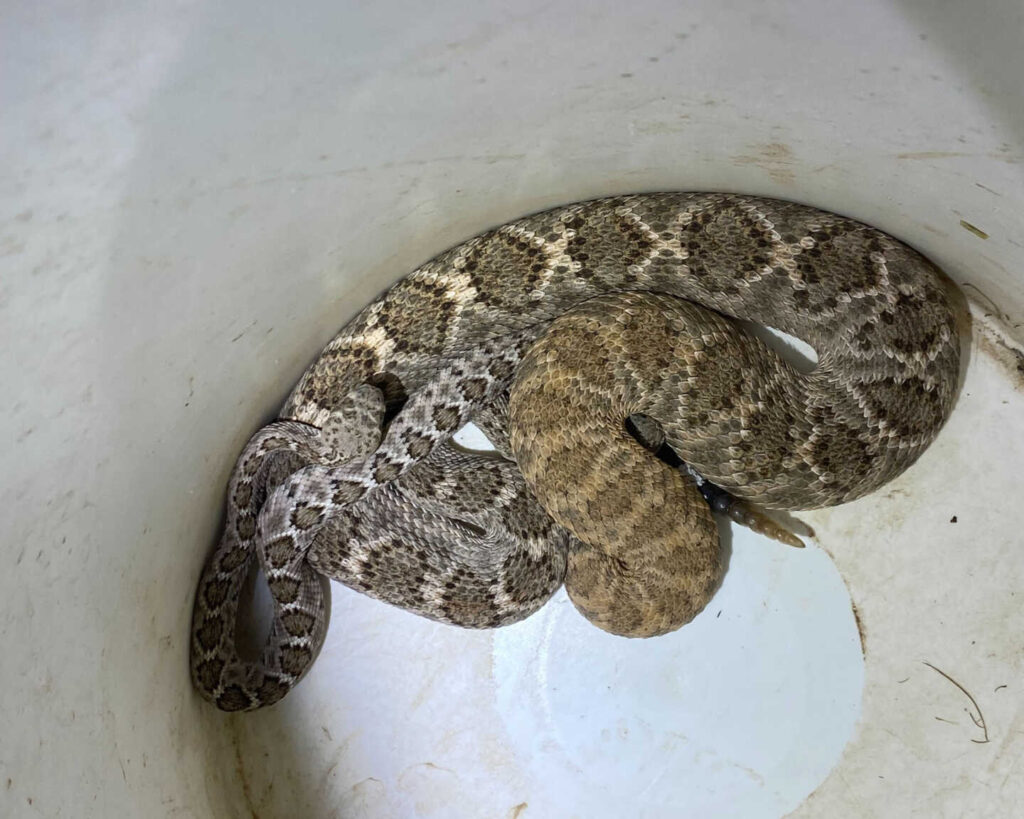
Bryce was called out to capture a rattlesnake found in a backyard. During the walk to the carefully selected release spot, he saw two more Western Diamondback Rattlesnakes. This is an indication that he used a good place. This process of finding a release location based on the animal and situation is critical to this process, and unfortunately, surprisingly, rare in the practice.
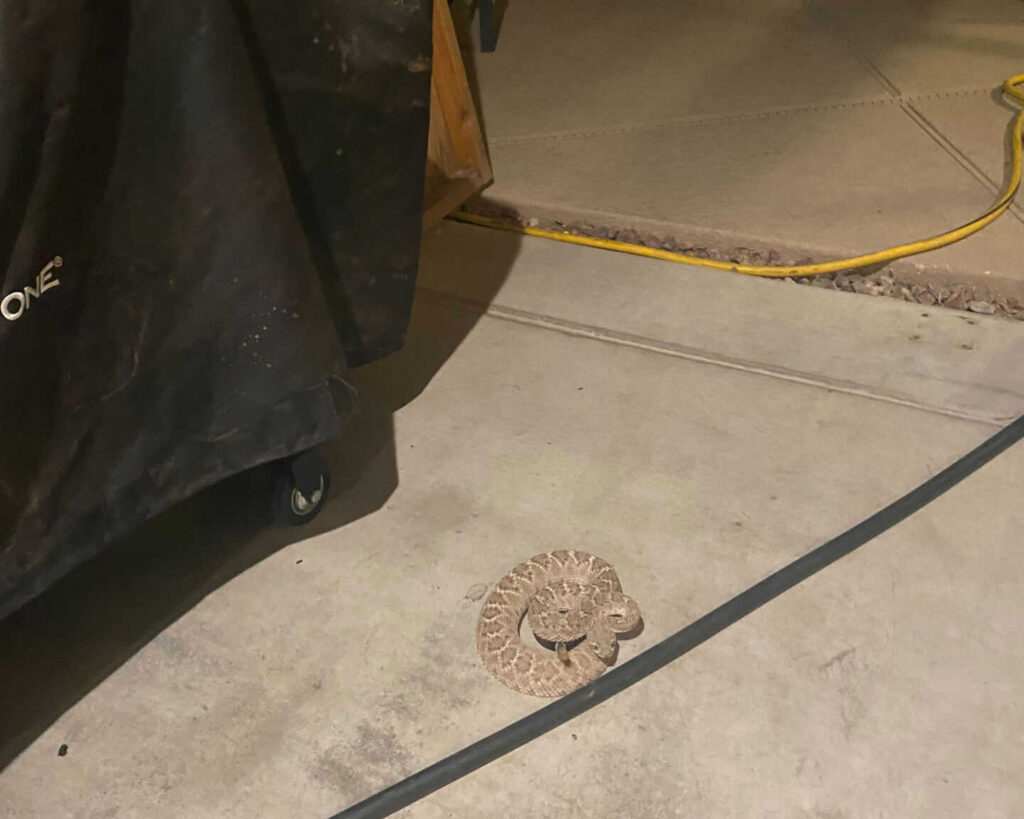
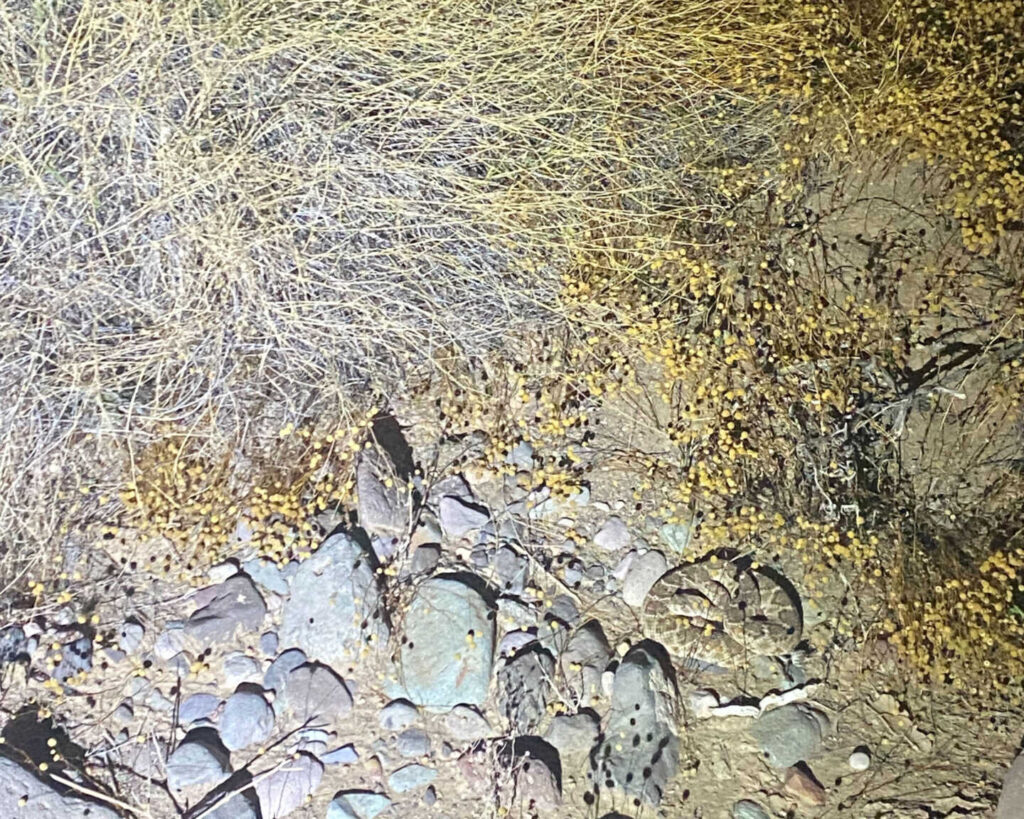
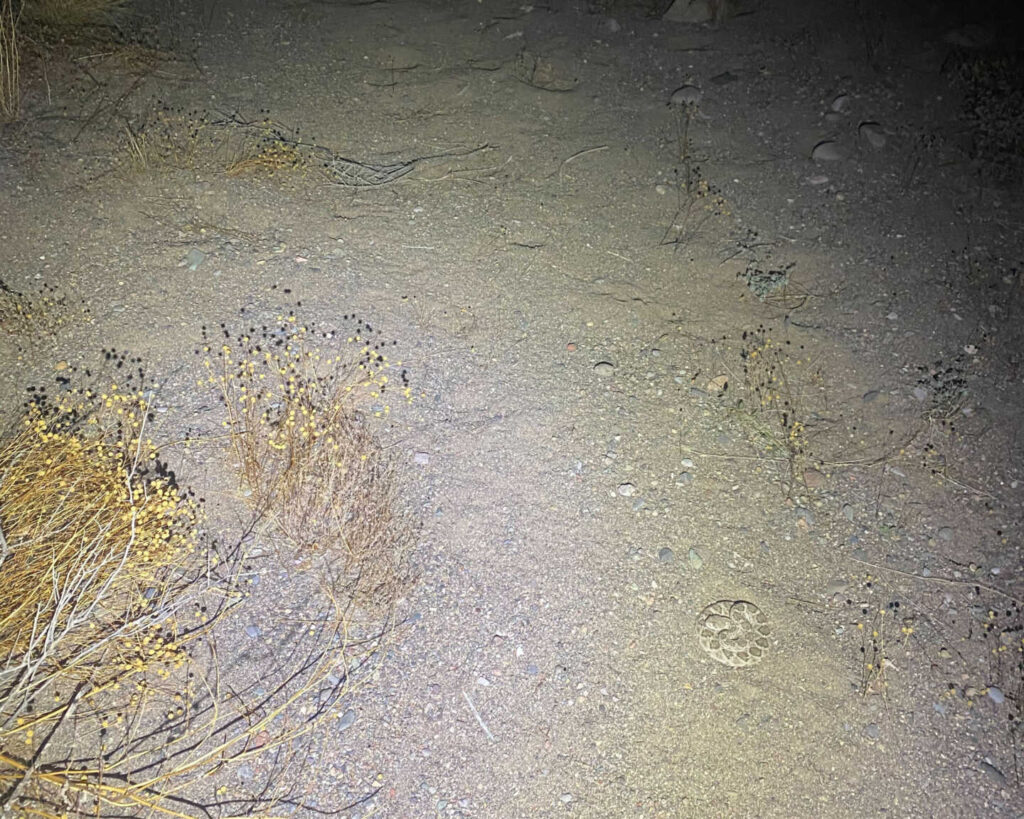
We were called to a home near South Mountain for a large rattlesnake on a patio. The home was built on metal framing providing just enough of a gap for snakes to estivate underneath and by the time I had gotten there, the snake had headed back under. When I went to get it out, a gophersnake head quickly popped out to investigate me and took advantage of the free water offered. Though tough to see, in the first pic both snakes are visible. Bryce was able to coax the diamondback out, who was indeed a very large snake, likely around 4’+ I found him a nice mammal burrow to take advantage of elsewhere.
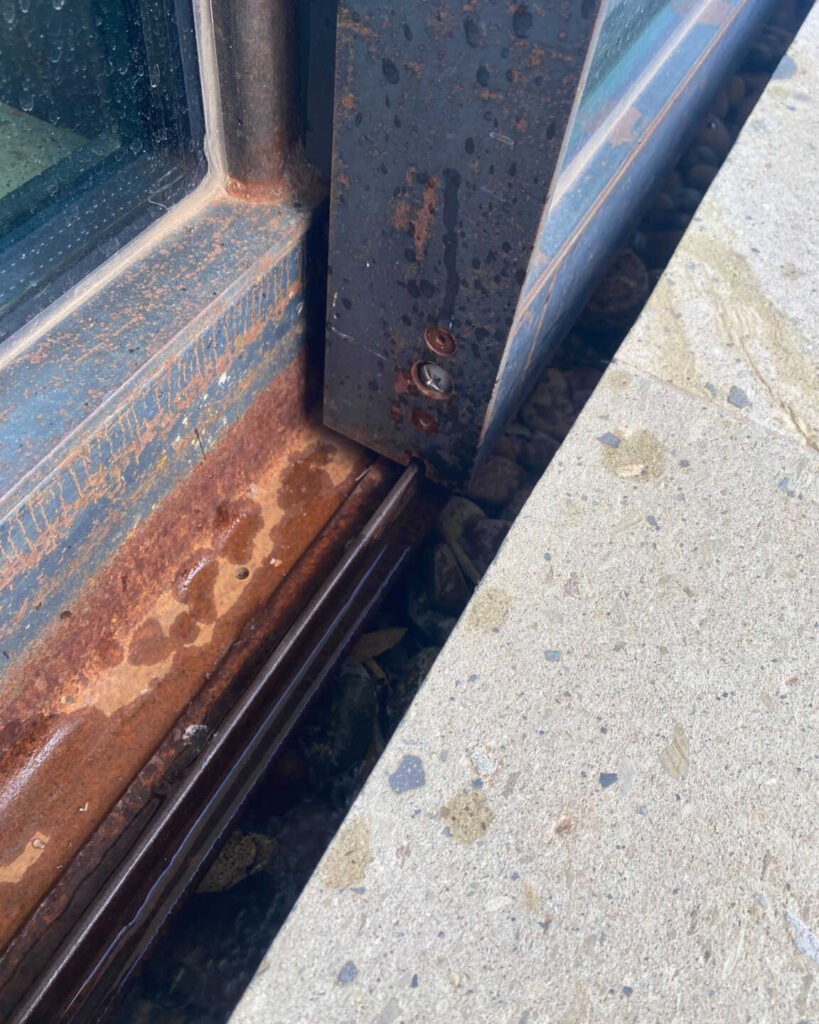
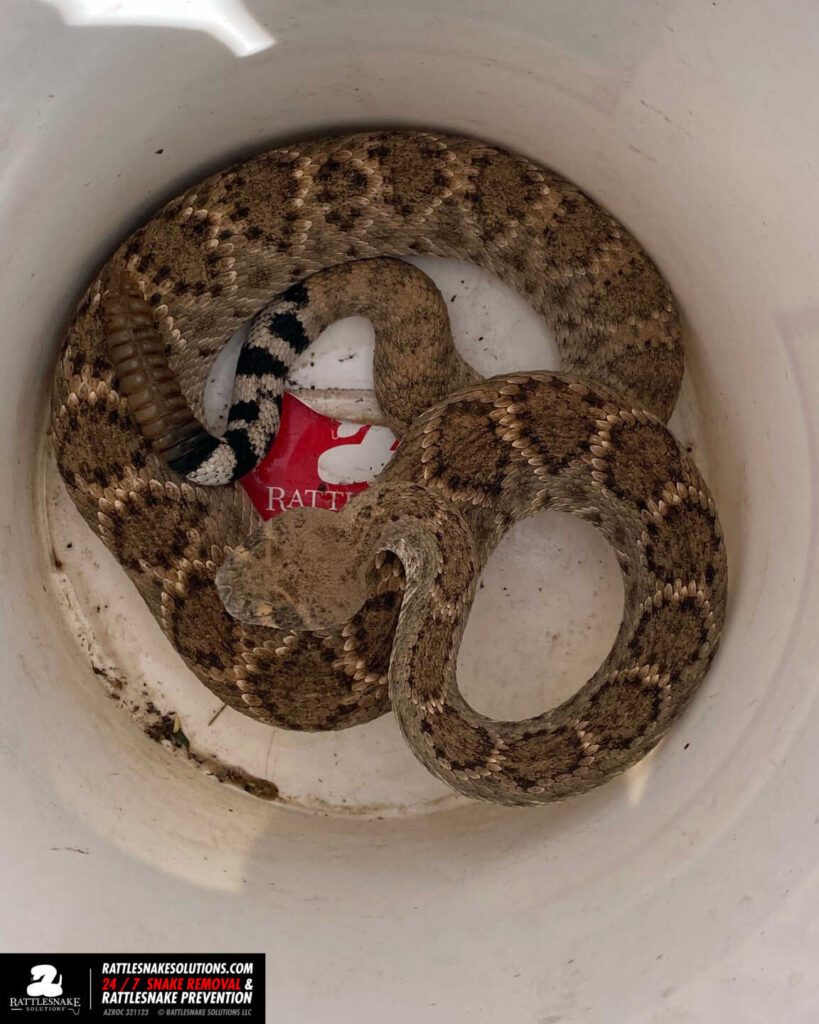
A Western Diamondback Rattlesnake found crawling around in the backyard, likely associated with a winter den. It was captured and safely relocated to a suitable situation.

This gate has been modified to prevent rattlesnakes from getting in, from the smallest newborn to the largest that can be found. Licensed gate work like this is essential to any rattlesnake prevention project.
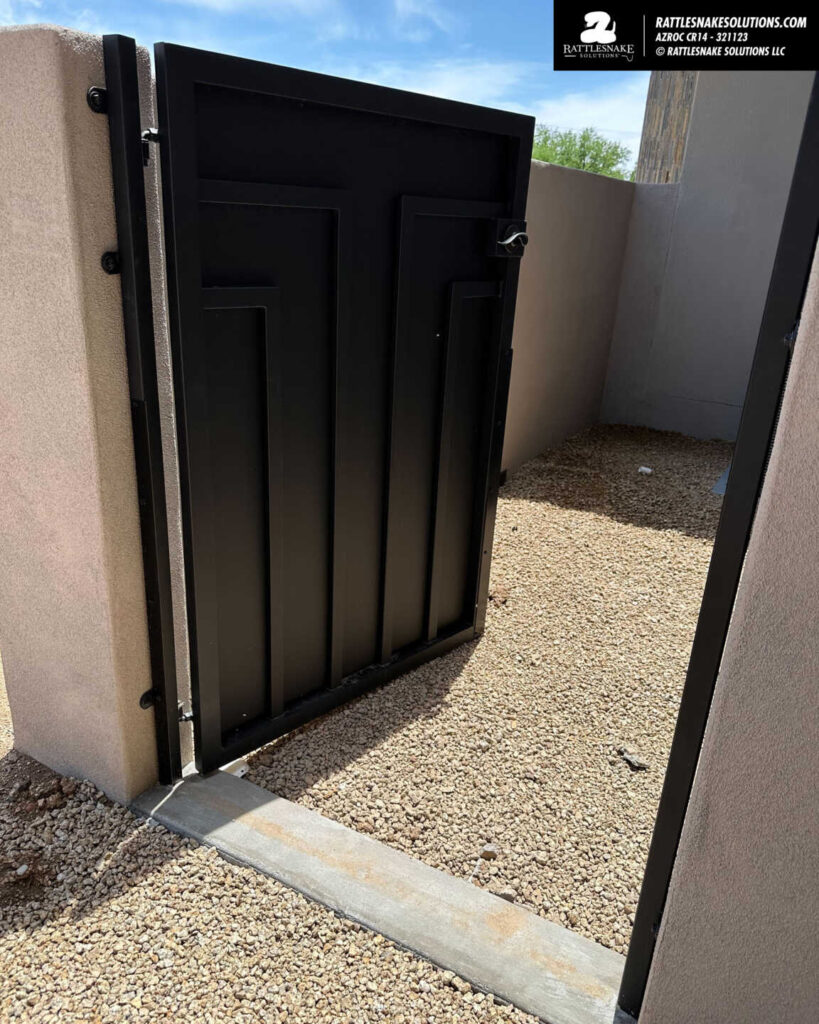
A little Western Diamondback Rattlesnake recovered from a home in Phoenix who’d been successful in finding prey. It was relocated safely.
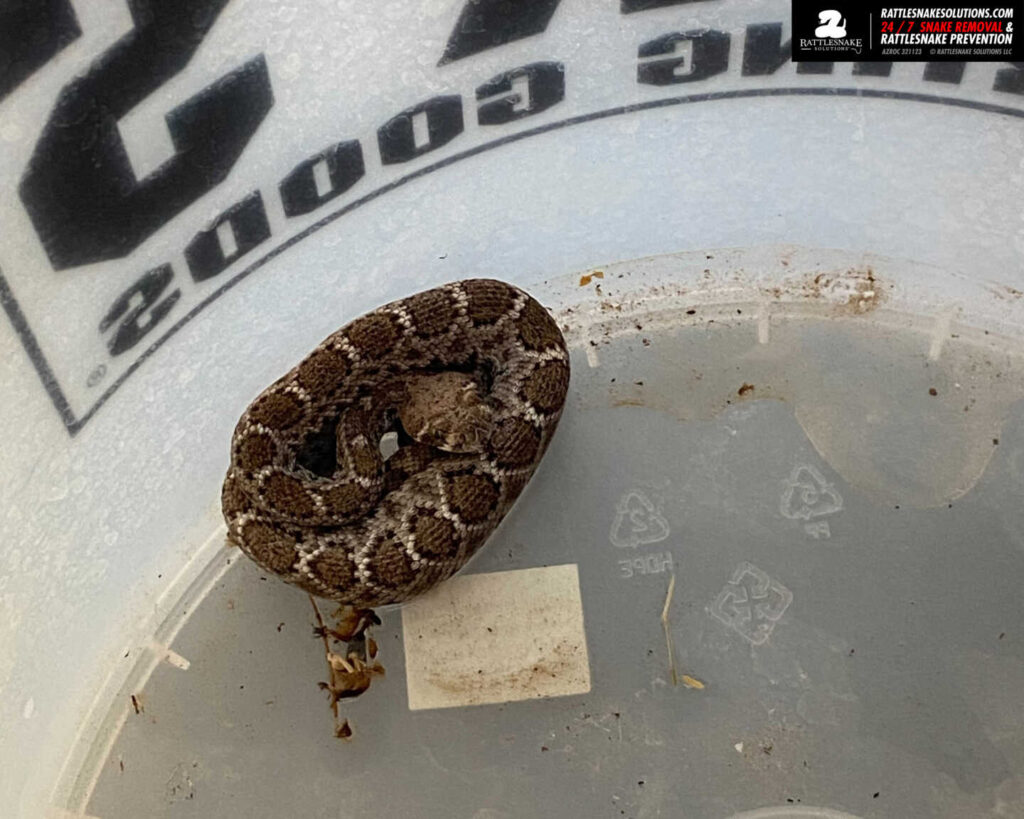
Bryce was able to coax this Western Diamondback Rattlesnake out from its den under a slab of concrete. The space had been excavated by erosion and rodents over the years, making a perfect artificial hibernacula.
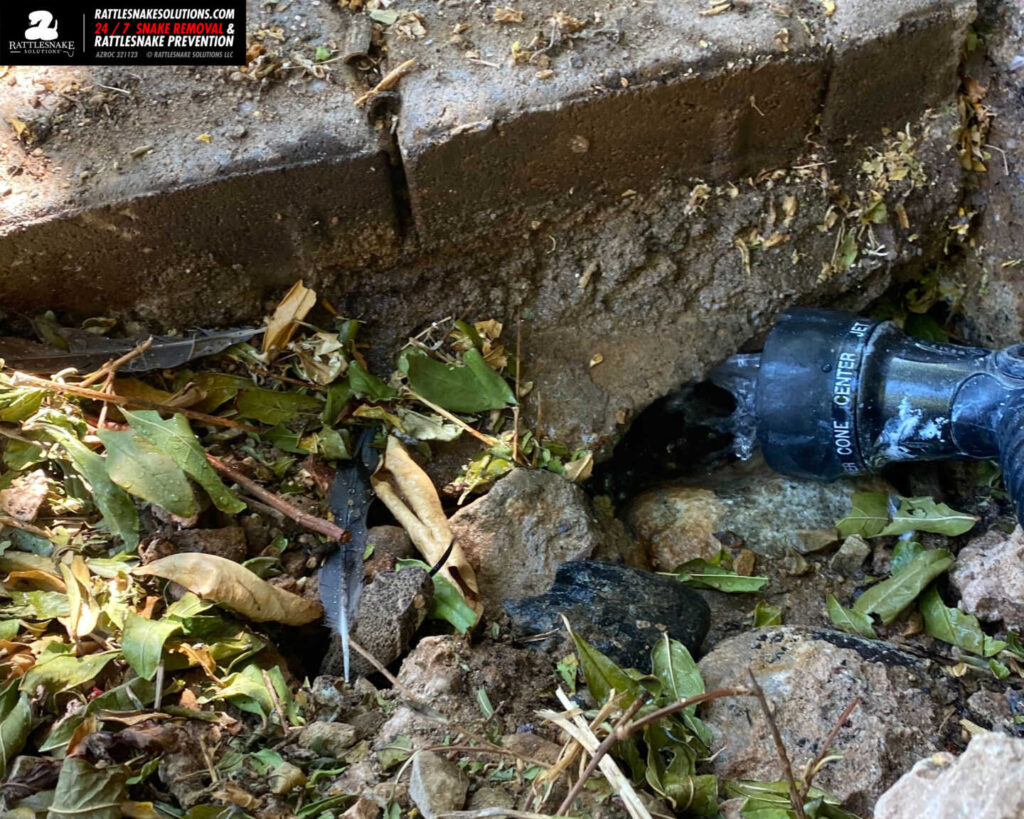
A Western Diamondback Rattlesnake found a nice little hiding spot at a retirement community in the Phoenix area. It was captured and returned to the desert.
If you’re in charge of safety at your workplace and rattlesnakes show up from time to time, ask about our emergency account services. We can be available to your team 24/7 without all the paperwork and chain of approval to make sure situations like this can always be taken care of as fast as they need to be.
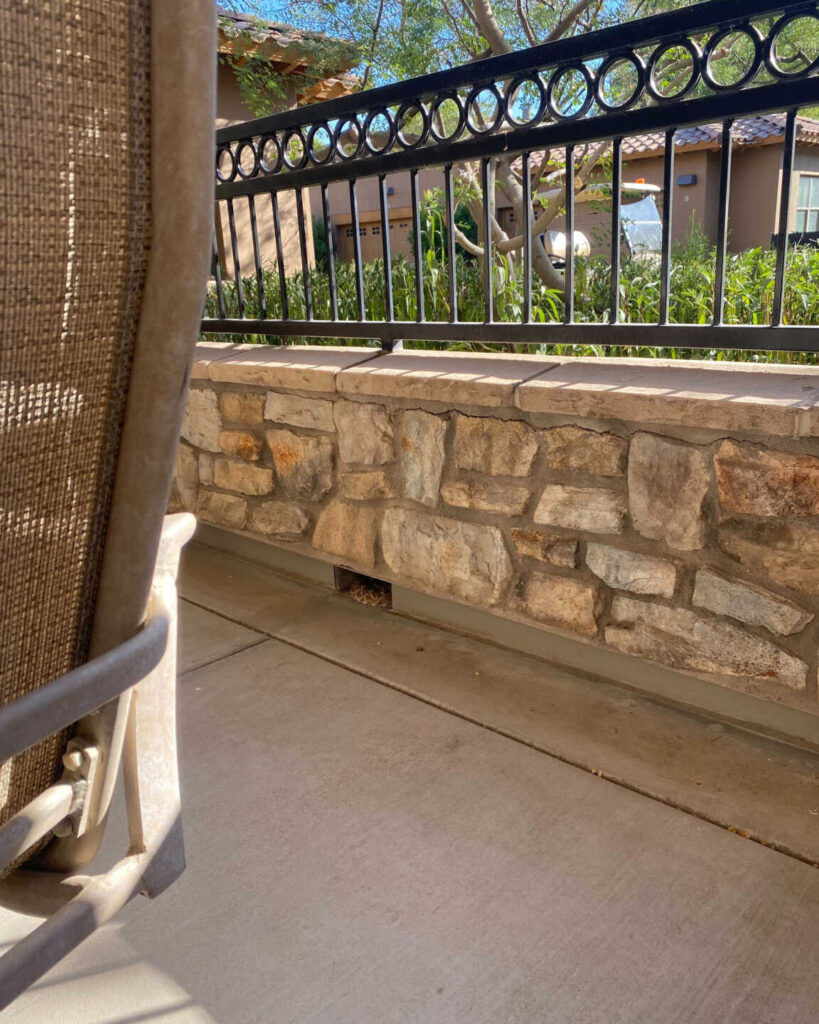
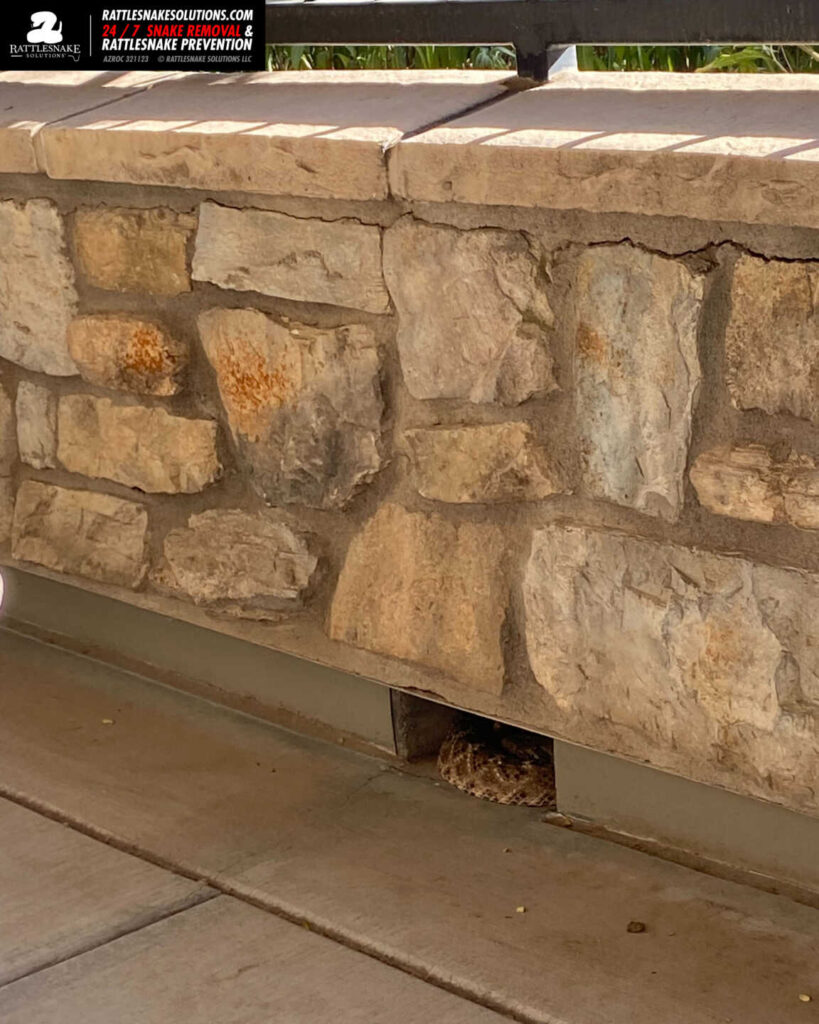
This Western Diamondback Rattlesnake was not especially happy to be moved from this nice little rock pile, but it had to be done. When the day heated up, it have likely moved to its suspected longer-term home: the lantana in the background. While the rocks are useful to the snake in this situation, the lantana is the real problem.
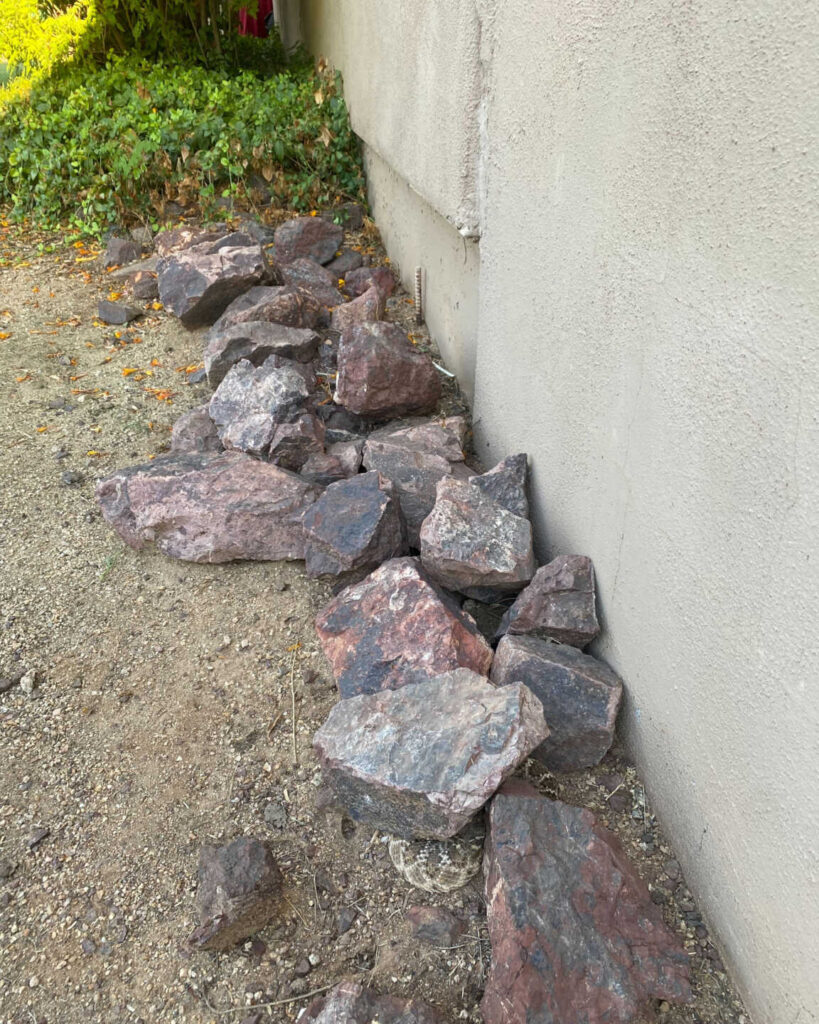
Pool toy boxes are common places for us to find rattlesnakes, like this Western Diamondback Rattlesnake captured recently. This can largely be negated by simply moving the location of the pool box periodically, to prevent long-term rodent habitation and disrupt inbound scent networks. Move the box 10′ for 6 months, then move it back, and you’ll be less likely to call us.
